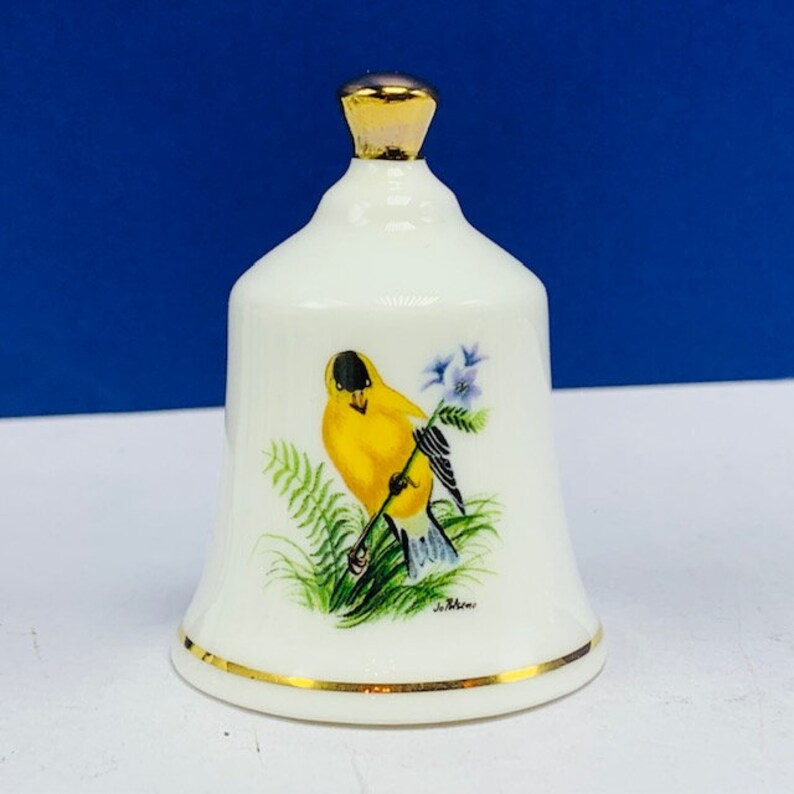
For white porcelain, it is important to draw its original whiteness, which will lead us to improve its quality as well. The technique involves many people’s skill in creating tableware.), their productsĪre created. They utilize their extensive experience, skill, and technology to create a modern Japanese style for contemporary life.įinishing material beautifully. Using a technique called “casting” (a technique in which mud white porcelain earth is cast into a plaster mold. was founded in 1977, in the Mino-yaki production area of Mizunami City in Gifu Prefecture. Molding technique” accumulated in Mino area. More manufacturer introduction, you can find at the end of this page. Mino ware’s long history and high quality makes it a prime example of Japanese ceramicsĪnd an excellent addition to any collection.Īll items shown on this page are produced by Miyama Co., Ltd., who has continued to challenge themselves to new manufacturing, utilizing their “white porcelain firing technology” and “high A side variety of ceramics, including tableware, tiles, and tools are producedīy inheriting the techniques of the past and being challenged to create new technologies for the future. Nowadays, there are many manufacturers of Mino ware, with factories producing large numbers of these fine ceramics. Now, 15 types of Mino ware are government-recognized traditional crafts of Japan.


Pattern over light gray base) and Setoguro 瀬戸黒 (black) are representative of these crafts. Shino 志野 (white and textured), Kizeto 黄瀬戸 (yellow ocher), Oribe 織部 (green Mino ware accounts for over 50 percent of Japanese ceramics now.Īs “the way of tea” gained popularity about 400 years ago, craftsmen in Mino began producing artistic tea utensils. Mino-yaki is produced in the Mizunami, Tajimi, Toki, and Kani regions of Gifu prefecture with a 1300-year history.


 0 kommentar(er)
0 kommentar(er)
